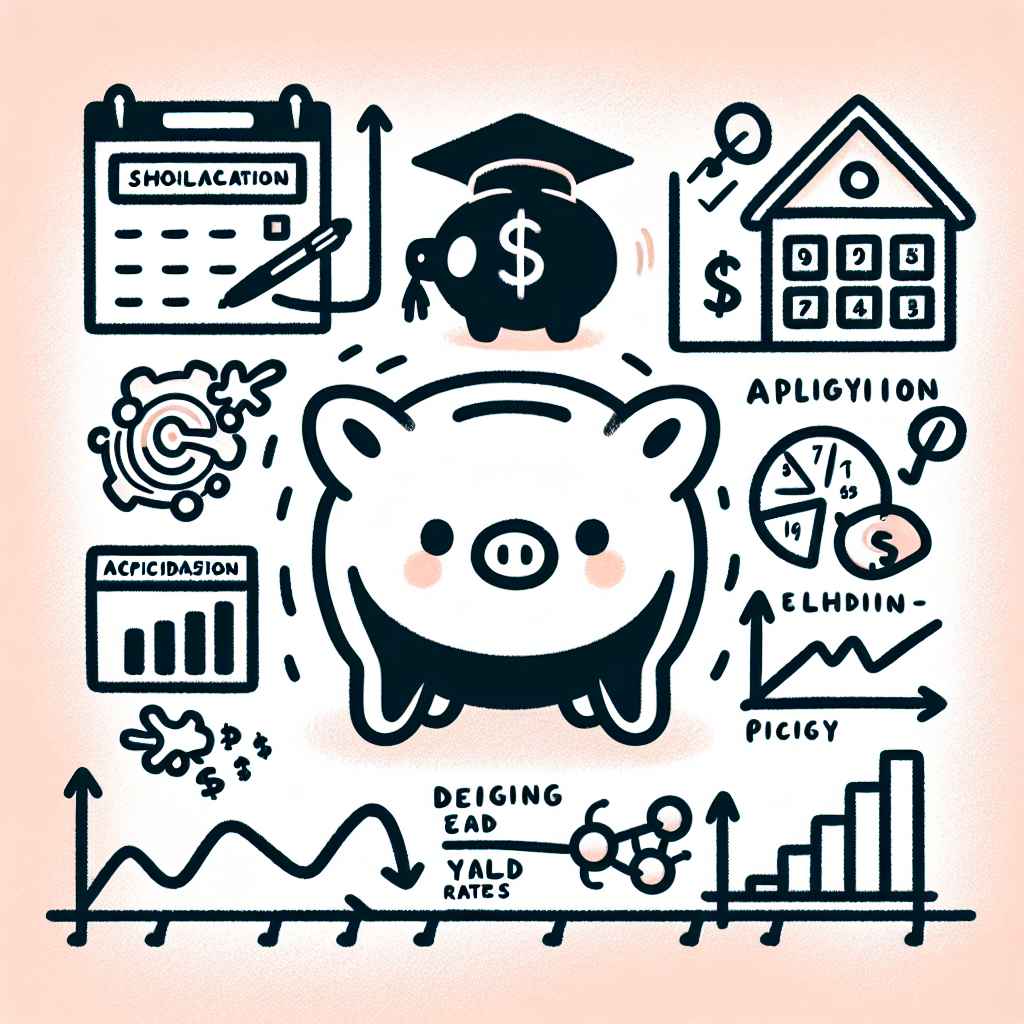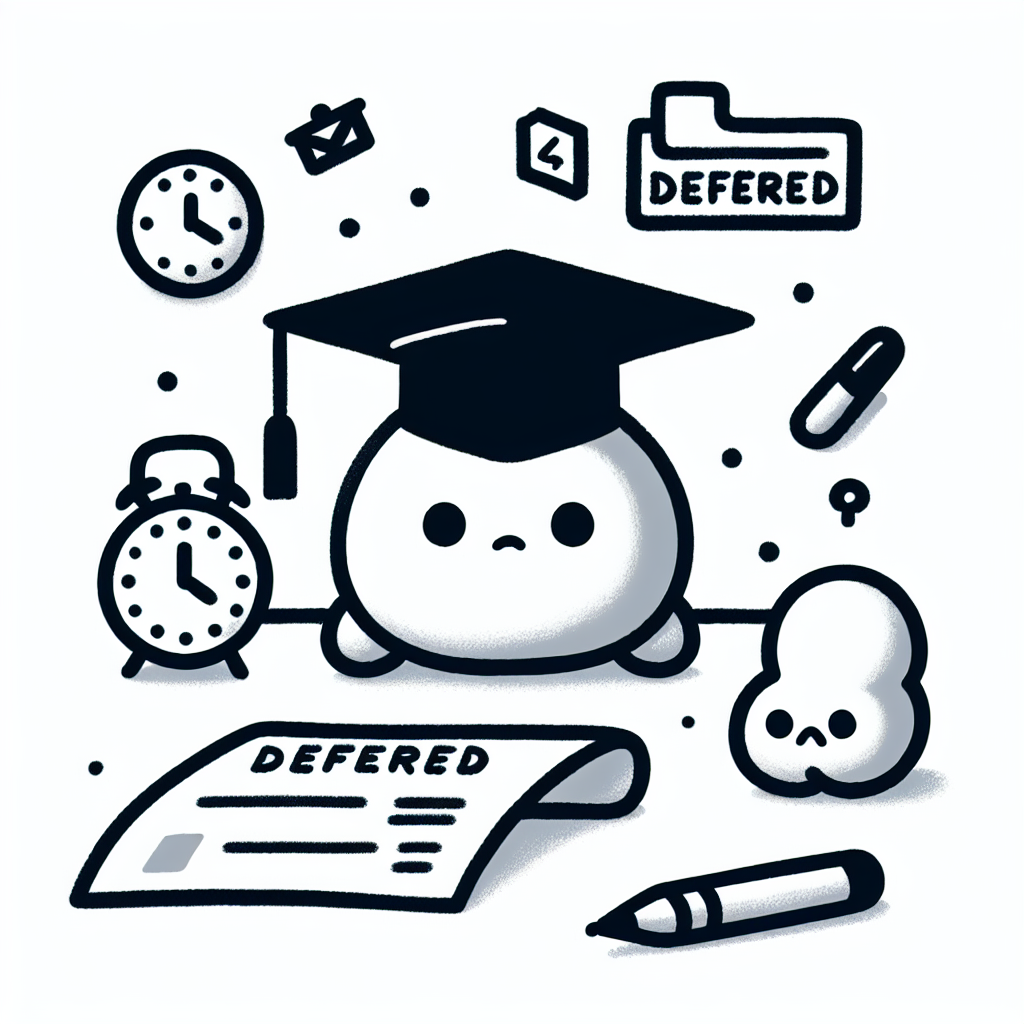Introduction
The landscape of 🎓 College Admissions & Application Help in 2024 is more complex than ever. With increasing application volumes, evolving test-optional policies, and the growing role of artificial intelligence in admissions processing, students face a highly competitive and dynamic environment.
Understanding financial aid is crucial, as tuition costs continue to rise and aid packages vary widely between institutions. Navigating FAFSA updates, merit-based scholarships, and need-based grants can significantly impact a student’s ability to attend their school of choice.
Admission strategies have also shifted. Schools are placing greater emphasis on holistic review processes, including extracurricular involvement, personal essays, and demonstrated interest. Building a strong, authentic application tailored to each institution is essential.
Finally, systemic challenges such as disparities in access to resources, standardized test preparation, and counseling support continue to affect underrepresented and low-income students disproportionately. Recognizing these obstacles is key to creating equitable opportunities in the college admissions process.

Financial Aid Challenges and FAFSA Delays
🔍 Understanding the FAFSA Process
The Free Application for Federal Student Aid (FAFSA) is a critical component of 🎓 College Admissions & Application Help. It determines eligibility for federal student aid, including grants, loans, and work-study opportunities. The form collects financial information from students and their families to calculate the Expected Family Contribution (EFC), which colleges use to determine aid packages.
Typically, the FAFSA opens on October 1 each year, and students are encouraged to submit it as early as possible to maximize their aid opportunities. Aid disbursement timelines vary by institution, but delays in application processing can significantly hinder students' ability to plan financially.
🚨 The Impact of FAFSA Delays in 2024
In 2024, the FAFSA experienced significant delays, disrupting the traditional timeline for financial aid processing. As a result, 42% of parents reported that their children had to defer college enrollment by at least a semester due to issues with FAFSA availability and processing (U.S. News Survey).
📉 Consequences of FAFSA Delays
These delays have led to several challenges for students and families seeking 🎓 College Admissions & Application Help:
- Deferred college enrollment: Many students postponed their college start dates due to uncertainty around financial aid availability.
- Disruption to financial planning and budgeting: Families were left uncertain about tuition costs and aid offers, complicating their budgeting efforts.
- Increased uncertainty around college choice and commitment: Without timely aid information, students struggled to make informed decisions about where to enroll.
🏛️ Institutional and Policy Responses
In response to the FAFSA delays, various institutions and policymakers have taken steps to mitigate the impact on students:
- Extended enrollment deadlines: Many colleges pushed back decision dates to give students more time to receive and review financial aid offers.
- Emergency grants and support systems: Schools introduced short-term financial assistance programs to help affected students.
- Calls for FAFSA modernization and improved communication: Education advocates and policymakers are urging reforms to make the FAFSA more reliable and user-friendly, to better support the 🎓 College Admissions & Application Help process.
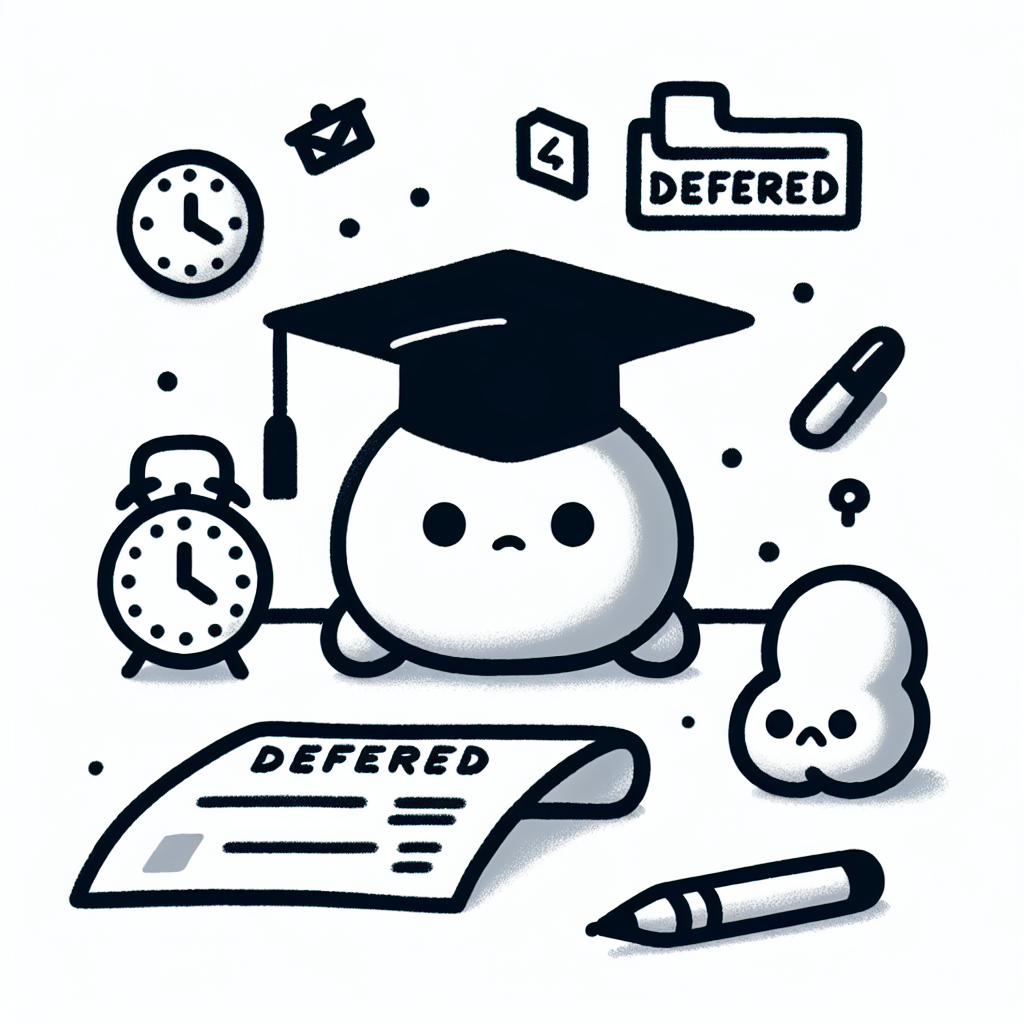
Admission Strategies and Decisions
Early Decision vs Regular Decision
Early Decision (ED) and Regular Decision (RD) are two primary application timelines in the 🎓 College Admissions & Application Help process. Early Decision is a binding agreement: if a student is accepted, they must attend. In contrast, Regular Decision is non-binding and allows students to compare offers before committing.
Pros of Early Decision:
- Higher acceptance rates at many selective institutions
- Demonstrates strong interest, which can favorably influence admissions decisions
- Allows students to complete the process earlier
Cons of Early Decision:
- Binding commitment limits the ability to compare financial aid packages
- Puts pressure on students to finalize college choices early
- Not ideal for those needing more time to strengthen their application
Pros of Regular Decision:
- Flexibility to apply to multiple schools
- Time to improve academic or extracurricular credentials
- Opportunity to evaluate all admissions and financial aid offers
Cons of Regular Decision:
- Lower acceptance rates at some schools
- Longer wait time for decisions
- May result in less demonstrated interest compared to ED applicants
Early Decision Trends
The popularity of Early Decision has grown, especially among selective institutions. In the 2023–24 admissions cycle, the early decision admit rate was 18.2% at selective liberal arts colleges. Additionally, early decision applicants accounted for 55.4% of total enrollment (Wikipedia). This underscores the strategic advantage ED can offer in the 🎓 College Admissions & Application Help process.
Declining Yield Rates
Yield rate—the percentage of admitted students who choose to enroll—has declined significantly, from 14.2% in 2018 to just 9.6% in 2023 (Wikipedia). For admissions offices, this trend increases unpredictability and often leads to over-admitting students to meet enrollment goals. For applicants, understanding yield rates is critical. A low yield rate may indicate a school is more likely to admit students who show strong interest, making strategies like campus visits, interviews, and ED applications more impactful in the 🎓 College Admissions & Application Help process.
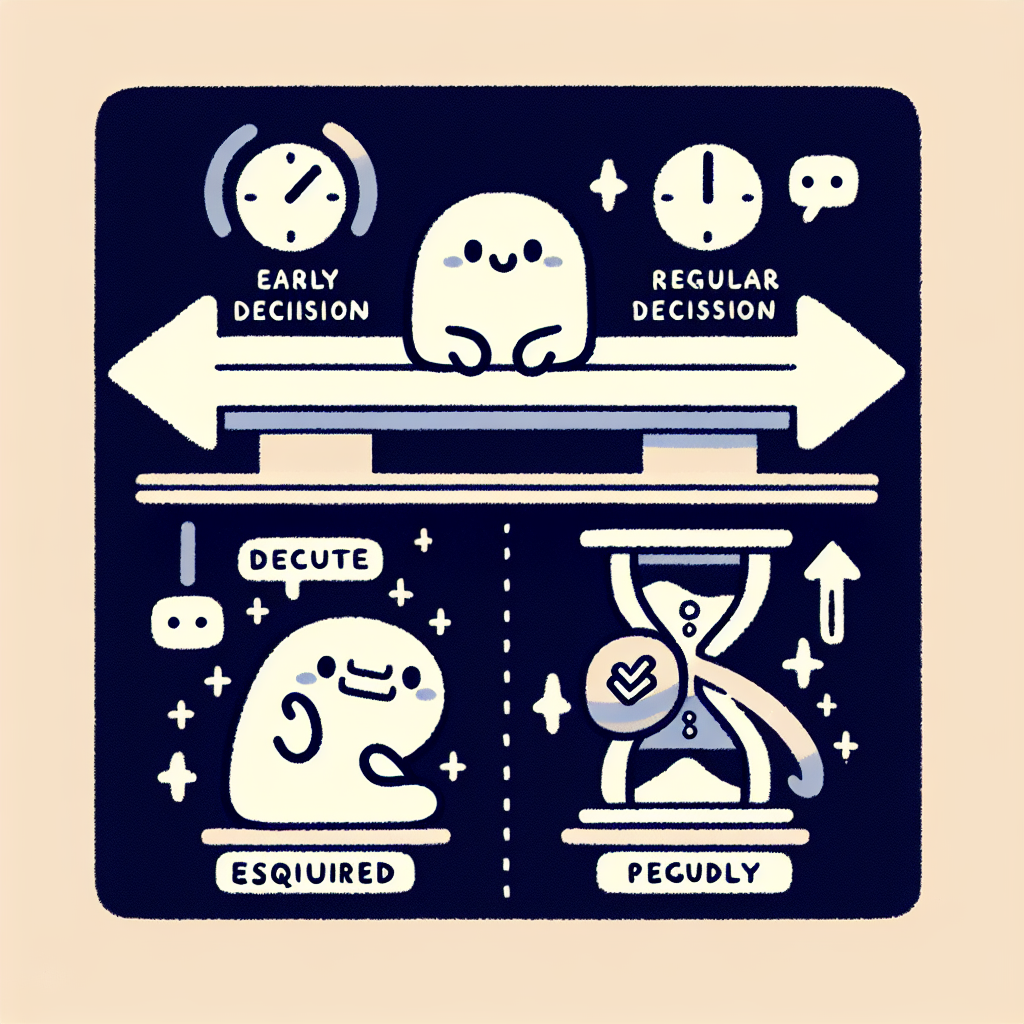
⚖️ Equity, Diversity & Systemic Bias in Admissions
📉 Disparate Impacts on Asian American Applicants
In the landscape of 🎓 College Admissions & Application Help, systemic bias has a measurable impact on Asian American applicants. Recent findings show that Asian American students face a 28% lower chance of admission compared to their white peers with similar academic records. The disparity is even more pronounced for South Asian applicants, who experience 49% lower odds of acceptance (arXiv Study).
These statistics point toward the presence of implicit bias within the admissions process. In many cases, highly qualified Asian American candidates are evaluated under different subjective standards, often due to stereotypes about being "overrepresented" or lacking in non-academic qualities. Additionally, legacy admissions—where preference is given to relatives of alumni—tend to favor white applicants, further entrenching inequality and limiting access for underrepresented groups.
🧠 Role of Algorithms in Admissions Decisions
The growing use of algorithmic tools in 🎓 College Admissions & Application Help is reshaping how decisions are made. While these systems are often framed as objective, recent research indicates they can perpetuate existing disparities. One study found that removing race data from admissions algorithms led to a decrease in racial diversity among top-ranked applicants, without a meaningful increase in academic qualifications (arXiv Study).
This raises important ethical and policy concerns. Algorithms, if not carefully designed and audited, can encode and amplify institutional biases. Ensuring transparency, accountability, and fairness in how these tools are implemented is essential to promoting equity in the admissions process.

Application Components & Best Practices
Components of a Strong Application
A successful application for 🎓 College Admissions & Application Help includes several key components that colleges evaluate holistically:
- Academic Transcript and GPA: Admissions officers closely review a student's academic history, focusing on course rigor and GPA trends over time. Consistent performance in challenging coursework can demonstrate college readiness.
- Standardized Test Scores (SAT/ACT): Though some institutions are now test-optional, strong SAT or ACT scores can still enhance an application, especially for selective programs or merit-based aid.
- Letters of Recommendation: Insightful letters from teachers, counselors, or mentors provide context beyond grades and scores. They help highlight a student's character, work ethic, and contributions to the school community.
- Personal Statement and Supplemental Essays: Essays are a critical opportunity for applicants to express their personality, goals, and fit with a college’s ethos. Strong writing, authentic voice, and thoughtful reflection are key.
- Extracurricular Activities and Demonstrated Interest: Involvement in clubs, sports, jobs, volunteering, or leadership roles shows commitment and initiative. Demonstrated interest—such as campus visits or engagement with admissions—can also boost a candidate’s profile at certain schools.
Tips for a Competitive Application
To strengthen your 🎓 College Admissions & Application Help strategy, consider the following best practices:
- Start Early and Stay Organized: Begin the application process well in advance to manage deadlines, gather materials, and revise essays. Use tools like spreadsheets or planners to track each school’s requirements.
- Tailor Essays to Each Institution’s Values: Customize responses to reflect an understanding of each college’s mission, programs, and campus culture. Referencing specific faculty, courses, or initiatives can demonstrate genuine interest.
- Use Data to Target Likely Matches: Analyze admissions data such as average GPA, test scores, and acceptance rates to identify schools where your profile aligns. This can improve your chances and guide realistic decision-making.
- Apply to a Balanced List of Reach, Match, and Safety Schools: Diversify your application list to include schools across selectivity levels. This approach maximizes options and reduces the pressure of relying on a few top choices.
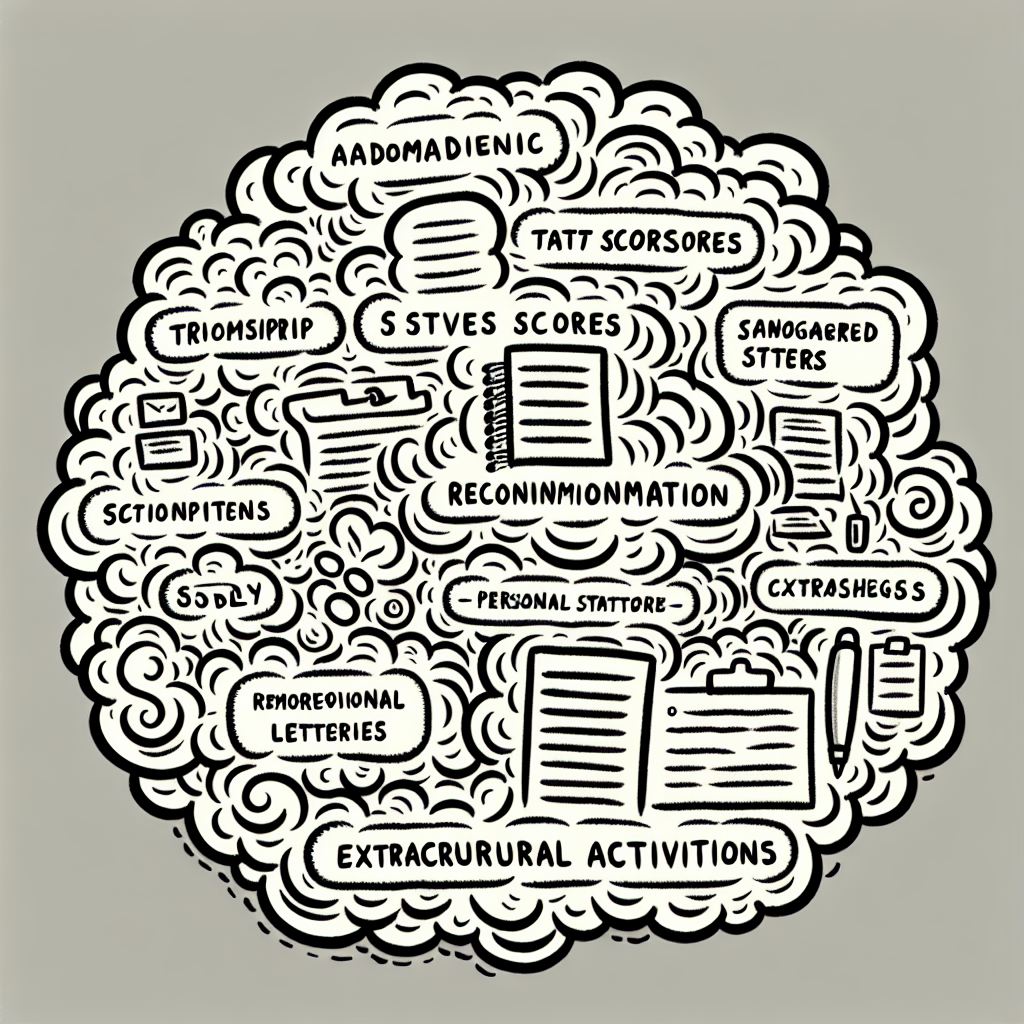
Decision-Making and Enrollment Planning
💡 Tools and Resources to Aid Decision-Making
Once college acceptance letters arrive, students and families must make informed decisions. A variety of tools are available to support this process. Net price calculators, available on most college websites, estimate the actual cost of attendance by factoring in financial aid, helping families understand what they may realistically pay.
Virtual campus tours and information sessions allow students to explore colleges remotely. These platforms often include views of dorms, classrooms, and student life, providing a sense of campus culture without requiring travel.
College comparison tools and rankings, such as those from U.S. News & World Report or College Scorecard, offer side-by-side data on key factors like graduation rates, student-to-faculty ratio, and average debt at graduation. These comparisons help students prioritize what's most important to them in a school.
🧾 Financial Planning Beyond FAFSA
While the FAFSA is essential for accessing federal aid, it's only one part of the financial planning process. Students should also explore scholarships (merit-based or need-based), grants, and work-study opportunities, which can significantly reduce out-of-pocket costs.
Understanding student loans—both federal and private—is critical. Families should review loan terms, interest rates, and repayment plans. Building a family financial plan that accounts for tuition, housing, books, and other living expenses can prevent surprises later.
It's also wise to consider the return on investment (ROI) when evaluating colleges. ROI calculators can compare the cost of a degree with potential earnings based on major and institution. For example, engineering or nursing programs may offer higher starting salaries, which can influence long-term financial outcomes.
🎓 College Admissions & Application Help involves not just applying to colleges, but making informed decisions about where to enroll and how to finance that choice effectively.

🚀 Looking Ahead – Reform and Innovation in Admissions
📈 Proposals for Reform
As the landscape of 🎓 College Admissions & Application Help continues to evolve, several proposals for reform have emerged to address equity and transparency concerns. One key proposal is simplifying the Free Application for Federal Student Aid (FAFSA), aiming to make the financial aid process more accessible for families across income levels. Streamlining the form and clarifying its requirements could increase completion rates and open doors for more students.
Another major area of reform is the reevaluation of test-optional policies. Initially adopted to address access disparities, these policies are now being scrutinized to determine whether they truly level the playing field or inadvertently benefit already advantaged applicants. Ongoing research is examining the long-term impact of test-optional admissions on student success and diversity outcomes.
In addition, there is growing concern about the use of algorithmic tools in admissions. Institutions are being called to offer greater transparency in how predictive models and automated systems influence decisions. The goal is to ensure that these tools do not perpetuate bias or obscure the rationale behind admissions outcomes.
🧪 Innovations in Admissions
Innovations in 🎓 College Admissions & Application Help are also shaping how institutions engage with prospective students. Artificial intelligence (AI) and predictive analytics are being increasingly used in outreach efforts and yield management, helping colleges identify and target students who are most likely to apply, enroll, and succeed.
Meanwhile, holistic review models are evolving to include non-traditional metrics, such as grit, leadership, and community impact. These innovations aim to capture a fuller picture of each applicant's potential beyond grades and standardized test scores. Incorporating such measures may help admissions officers identify students who have overcome significant obstacles or contributed meaningfully to their communities, broadening the definition of merit in the admissions process.

Conclusion
The college admissions process presents a mix of challenges and opportunities for students and families. From navigating application deadlines and understanding financial aid to crafting compelling personal statements and selecting the right schools, the journey can be complex and overwhelming. However, with the right guidance and tools, students can turn these challenges into opportunities for growth and achievement.
🎓 College Admissions & Application Help serves as a crucial resource in this journey. By providing accurate information, strategic advice, and emotional support, it empowers students and families to make informed decisions. Access to knowledgeable support systems can reduce stress, improve application outcomes, and ultimately help students find the best-fit college for their goals and aspirations.

References and Further Reading
For those seeking to deepen their understanding of 🎓 College Admissions & Application Help, the following resources provide valuable insights into key trends and issues:
- The U.S. News FAFSA Survey explores how students and families are approaching financial aid and college financing in 2024.
- Early Decision Trends offers a comprehensive overview of how early decision policies work and how they impact student admissions outcomes.
- Declining Yield Rates discusses the decreasing percentage of admitted students who choose to enroll, a critical metric for colleges managing enrollment.
- Asian American Admissions Disparities examines statistical evidence and debates around potential biases in the college admissions process.
- Algorithms in Admissions investigates how colleges are increasingly using algorithmic tools to evaluate applicants and the implications for fairness and transparency.
These sources can help students, families, and educators navigate the complexities of 🎓 College Admissions & Application Help with greater clarity and context.
